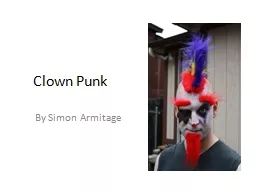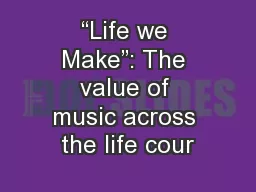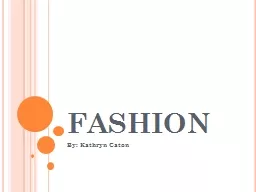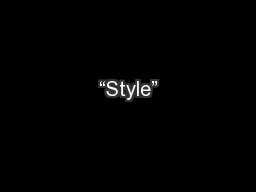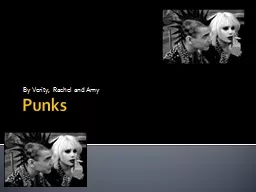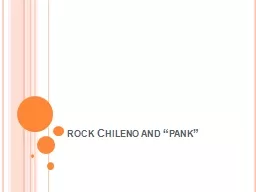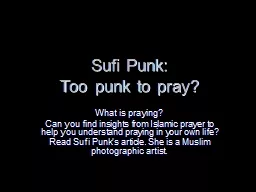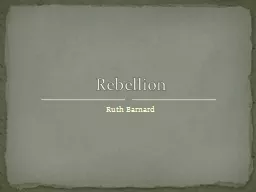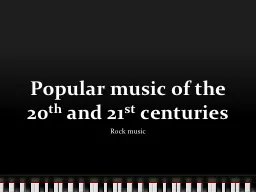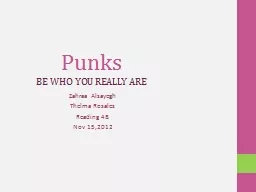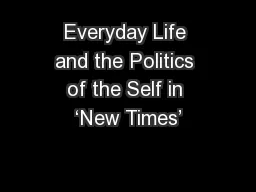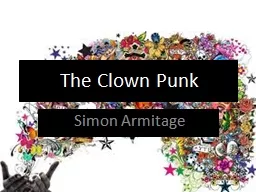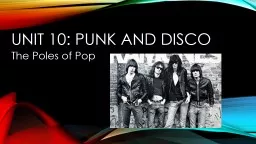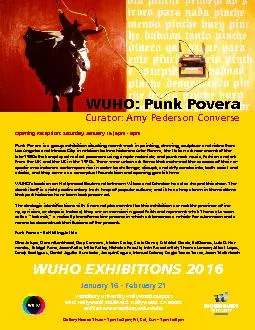PPT-Clown Punk
Author : test | Published Date : 2015-10-04
By Simon Armitage Look at the pictures below and state your initial reactions to the person people in the photo Do not spend more than 5 seconds on each picture
Presentation Embed Code
Download Presentation
Download Presentation The PPT/PDF document "Clown Punk" is the property of its rightful owner. Permission is granted to download and print the materials on this website for personal, non-commercial use only, and to display it on your personal computer provided you do not modify the materials and that you retain all copyright notices contained in the materials. By downloading content from our website, you accept the terms of this agreement.
Clown Punk: Transcript
Download Rules Of Document
"Clown Punk"The content belongs to its owner. You may download and print it for personal use, without modification, and keep all copyright notices. By downloading, you agree to these terms.
Related Documents

